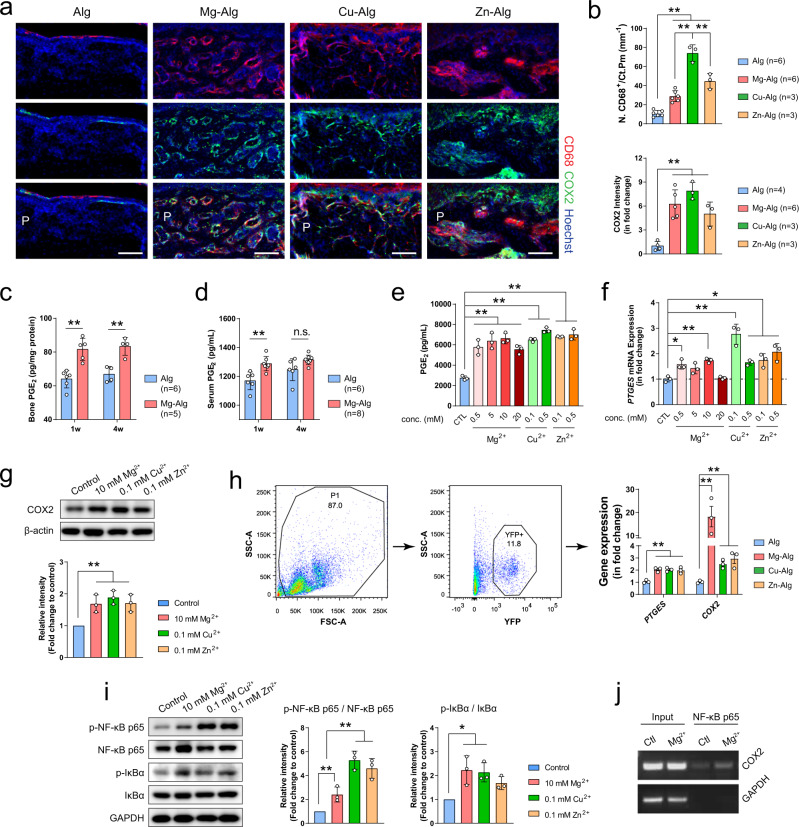Fig. 2. Divalent cations stimulate secretion of prostaglandin E2 (PGE2) by macrophages.
a Co-immunostaining of cyclooxygenase-2 (COX2) with cluster of differentiation 68 (CD68) in the periosteum at week 1 postoperatively (scale bars = 100 µm). b Quantification of macrophage numbers on the cortical bone surface and COX2 intensity in the periosteum at week 1 postoperatively. Enzyme-linked immunosorbent assay (ELISA) analysis of the bone (c) and serum (d) PGE2 concentration at week 1 and week 4 postoperatively. e ELISA analysis (n = 3) showing the effect of different concentrations of Mg2+, Zn2+, or Cu2+ on the release of PGE2 from bone marrow macrophages (BMM). f Real-time polymerase chain reaction analysis of PTGES mRNA expression in mouse BMM after 3-day incubation culture medium supplemented with different concentrations of Mg2+, Zn2+, or Cu2+ (n = 3). g Representative Western blots and corresponding quantification showing the effect of different divalent cations on the expression of COX2 in mouse BMM (n = 3). h Gating strategies for flow cytometry sorting of YFP+ macrophages and the RT-qPCR data showing PTGES and COX2 mRNA expression in macrophage at week 1 postoperatively (n = 3). i Representative Western blots and corresponding quantification showing the effect of different divalent cations on the phosphorylation of NF-κB and IκBα in mouse BMM (n = 3). j Chromatin immunoprecipitation assay showing that the NF-κB p65 at the COX2 promoter was upregulated by the stimulation of Mg2+ (n = 3). Data are mean ± s.d. n.s. (nonsignificant), *P < 0.05, **P < 0.01 by one-way ANOVA with Tukey’s post hoc test (b, e–i) or two-way ANOVA with Tukey’s post hoc test (c, d). Source data are provided as a source data file.

